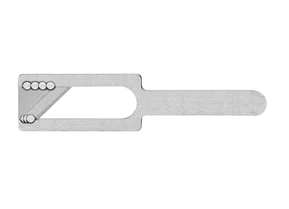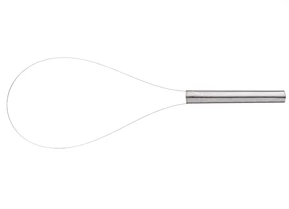Resonetics Laser Welding
Description
Laser welding is a process that joins two parts with similar metals without the use of filler metal. The process utilizes a focused laser beam to produce welds with minimal heat affected zone, which maintains the integrity of the base material and prevents distortion of the final assembly. This makes laser welding particularly useful for micro-fabrication applications, which involve parts that are too small to be joined by traditional welding methods.
Resonetics Laser Welding
Specifications |
|
|---|---|
| Type Of Service: | Engineering design, Industrial design, Manufacturing design |
Applications
Pull ring assemblies for steerable catheters
Thin wire components for delivery systems
Micro implants
Metal components for systems
Electrode rings to wire leads
For pricing, technical or any other questions please contact the supplier
- No registration required
- No markups, no fees
- Direct contact with supplier
-
Ships from:
-
Sold by:
-
On FindLight:
External Vendor

Claim Resonetics Page to edit and add data
Frequently Asked Questions
Example applications using laser welding include pull ring assemblies for steerable catheters, thin wire components for delivery systems, micro implants, metal components for systems, and electrode rings to wire leads.
Laser welding produces welds with minimal heat affected zone, which maintains the integrity of the base material and prevents distortion of the final assembly. This makes laser welding particularly useful for micro-fabrication applications, which involve parts that are too small to be joined by traditional welding methods.
Laser radiusing is the process of using laser welding to change the shape of a sharp corner into a 0.012” radius. The radius is usually placed on metal components that pass through a catheter in order to prevent scrapping or snagging inside of both polymer and metal catheters.
Laser welding is a process that joins two parts with similar metals without the use of filler metal. The process utilizes a focused laser beam to produce welds with minimal heat affected zone, which maintains the integrity of the base material and prevents distortion of the final assembly.
Many complex medical device subassemblies benefit from laser welding. The process is used across multiple medical device markets including Neurovascular, Structural Heart, Ophthalmic, Electrophysiology, Interventional Cardiology and even Sports Medicine.

